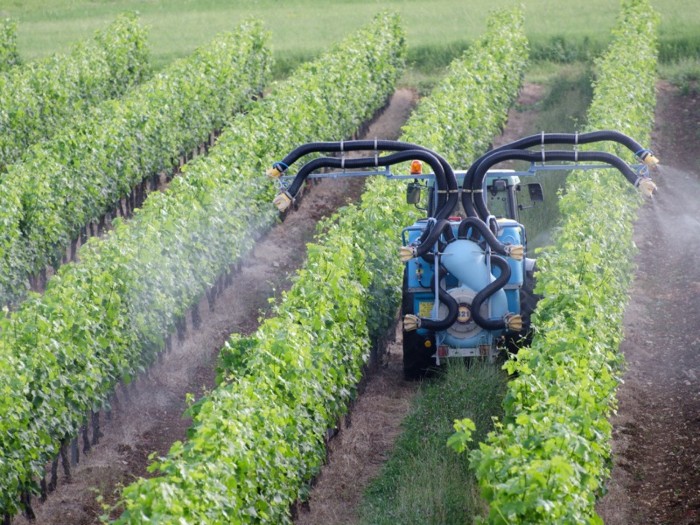Etched for success: the ‘tattoos’ that could help crops to survive polluted air
Polymer electrodes deposited onto the leaves of crop plants provide an early warning of ozone damage.

Fingernail-sized electrodes ‘tattooed’ onto a leaf can reveal the invisible damage done by the ubiquitous air pollutant ozone, which threatens farmers’ harvests.
Exposure to just 20 parts per million of ozone in air for one hour can permanently cut yields of fruit crops such as grapes by 10%. Diagnosing ozone damage early is both key for protecting crops and difficult, because farmers must act before damage becomes visible on leaves.
To develop an early indicator of ozone damage, Trisha Andrew and her colleagues at the University of Massachusetts Amherst capitalized on one of the pollutant’s effects: when ozone kills a leaf’s cells, the leaf tissue becomes less electrically conductive. The researchers printed electrodes one micrometre thick onto leaves cut from apple trees and vines of Merlot, Chardonnay and Concord grapes. Then, they exposed the leaves to a variety of ozone levels. After measuring the leaves’ conductivity through the electrodes, the researchers observed that it was indeed lower at higher ozone levels.
The researchers envision tattooing leaves on living plants to monitor ozone exposure in vineyards and orchards.